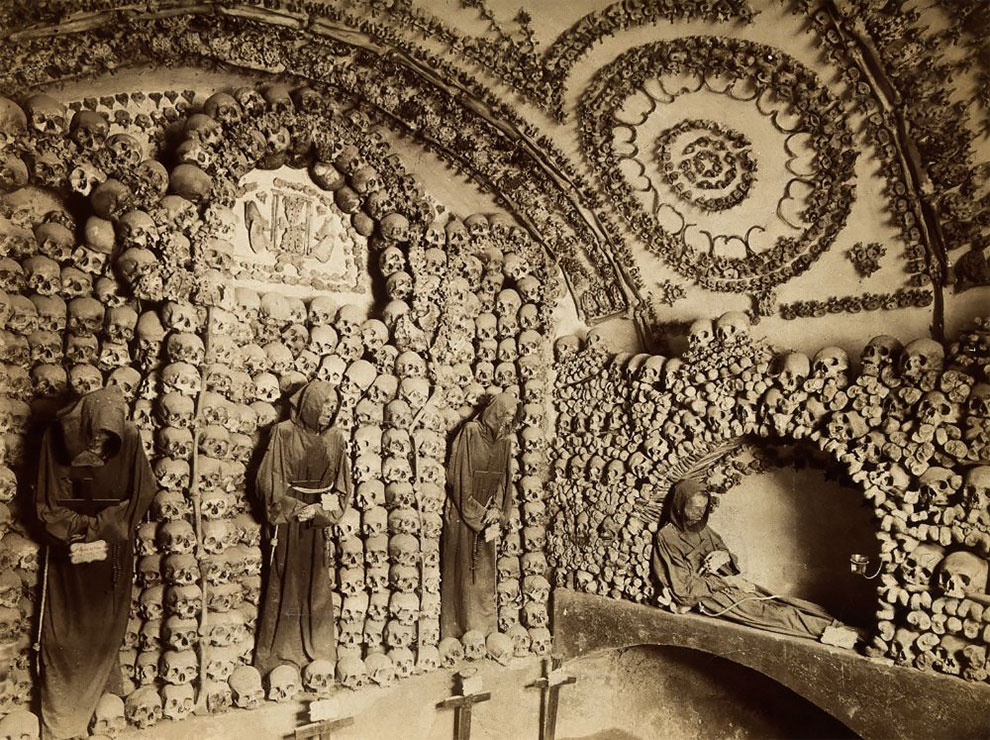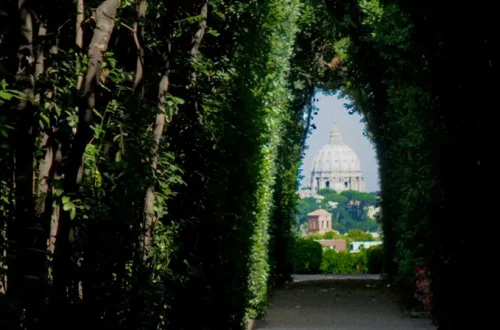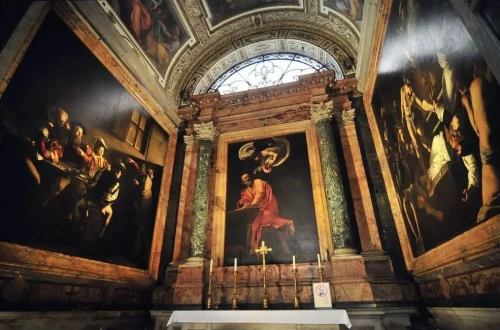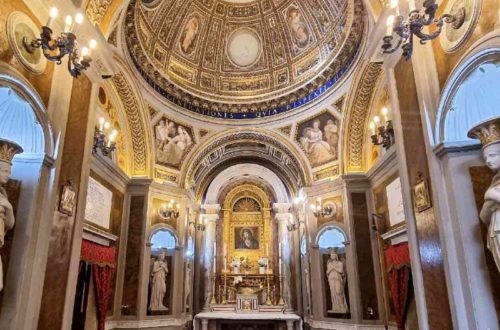
The Capuchin Crypt
The church of Santa Maria della Concezione dei Cappuccini, where the Capuchin Crypt is located, is a small church in Rome, Italy. It was commissioned by Pope Urban VIII in the 17th century and was completed in 1631. The church itself is relatively modest in size and appearance compared to some of Rome’s more grandiose churches, but its significance lies beneath, in the Capuchin Crypt.
The Capuchin Crypt consists of several small chapels or rooms, each adorned with the skeletal remains of Capuchin friars. The crypt is divided into different chambers, each with its own distinctive design made entirely from bones. The designs include cryptic messages and mementos about the inevitability of death, often portrayed in a somewhat artistic or decorative manner.
The bones were meticulously arranged by the Capuchin friars themselves, primarily between the 17th and 19th centuries, to create this unique and rather macabre display. They saw it as a way to contemplate the fleeting nature of human life and the significance of the afterlife.
The six chapels within the crypt are known by different names like the Crypt of the Skulls, the Crypt of the Pelvises, the Crypt of the Leg Bones and Thigh Bones, the Crypt of the Three Skeletons, the Crypt of the Resurrection, and the Mass Chapel.
Visiting the Capuchin Crypt offers a unique experience, providing a glimpse into a different perspective on mortality, spirituality, and the human condition. It’s not just a display of bones; it’s a symbolic representation of the passage of time and the transient nature of human existence, as perceived by the Capuchin friars.
![]()




